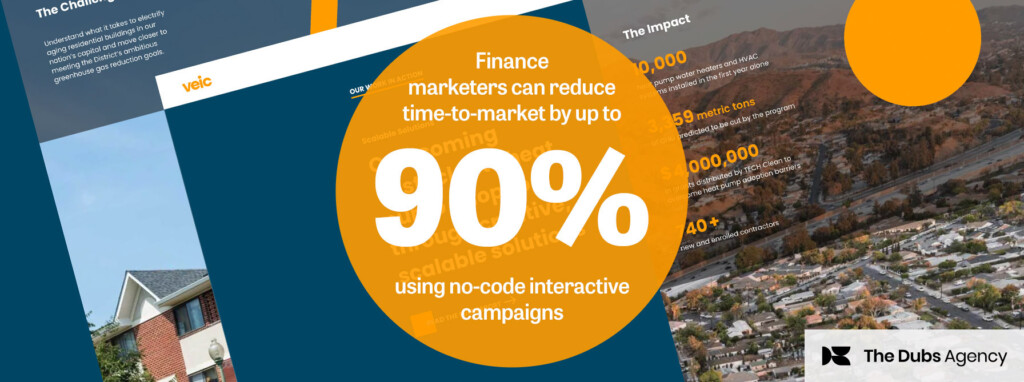B2B marketing takes time – a lot of time.
Your marketing efforts in Q1 will most likely not impact a lot of Q1 revenue, and most won’t even show up in Q2.
Painful, but true.
We heavily consider the concept of B2B marketing time lag in our strategies at Dreamdata, yet many marketers and organisations still struggle with it.
The time lag refers to the delay between when marketing efforts take place and when they ultimately contribute to revenue. This delay can be quite significant for B2Bs, where deals are notoriously much more lengthy than in B2C. Contrary to the quick, impulsive nature of B2C transactions, B2B deals involve multiple stakeholders, longer decision making processes and higher price points.
According to a recent analysis of our customers, only 37% of revenue impact from marketing activities occurs within a single quarter. This means two-thirds of the results marketers work toward will take months to fully materialise.
“ In fact, nearly 50% of revenue from a marketing initiative might not be seen for at least six months.”
Let that sink in.
This slow, but constant build-up is a defining distinction of B2B marketing, and it’s critical that teams, especially at the executive level, fully understand and plan for it.
A common marketer mistake is focusing too much on short-term results, aiming for quick wins to meet quarterly targets. In B2B, this can lead to poor decision-making and misalignment between marketing, sales, and finance.
A campaign that looks like it’s underperforming after three months might, in reality, be driving significant pipeline growth that is not yet visible in the bottom line. By recognizing and accepting this time lag, marketing leaders can better align their expectations with reality and avoid pulling the plug on initiatives too early.

At Dreamdata, our data-driven approach gives us the power to pinpoint exactly where this time lag occurs. We map out the B2B journey, observing how each touchpoint – from initial content engagement to lead nurturing and sales handoff – contributes incrementally to the eventual conversion.
It’s not a linear process. Some prospects may engage heavily with marketing materials early on, only to go dark for months before re-engaging. Others may show interest occasionally, requiring multiple touchpoints across different channels before a decision is made.
By understanding this buyer behaviour, we are more prone to set realistic expectations with the sales team, ensuring they have the patience and persistence to see deals through.
This brings us to the importance of measurement and attribution. In B2B, where the marketing-sales handoff is more nuanced, putting robust and first-party tracking mechanisms in place is non-negotiable. Without them, it’s impossible to understand which touchpoints are driving revenue and which are not.
Many companies rely on last-click attribution models, but these are not precise enough to capture the full complexity of B2B journeys. We advocate for multi-touch attribution models that account for the entire customer journey, giving credit to every touchpoint – from the first piece of content a prospect reads to the last webinar they attend before closing the deal.
At the executive level, marketing should be seen as a long-term growth engine rather than a short-term fix. So communicate the realities of B2B time lag to other departments because if marketing is judged only on short-term gains, it risks undervaluing initiatives that deliver bigger wins over time. Educate leadership on how and when revenue from marketing activities will materialize so that they can align forecasts and KPIs accordingly.
Success in B2B marketing requires patience, persistence, and precision. It’s not enough to generate leads quickly – those leads need to be nurtured thoughtfully, and the revenue will follow, often months after the initial marketing push.
By playing the long game and tracking progress with data, marketing can become a true revenue driver in B2B, where the returns are well worth the wait.
[**Full disclosure: The views and opinion expressed in this publication are those of the author. They do not reflect the views or opinions of any organisation or entity.]









